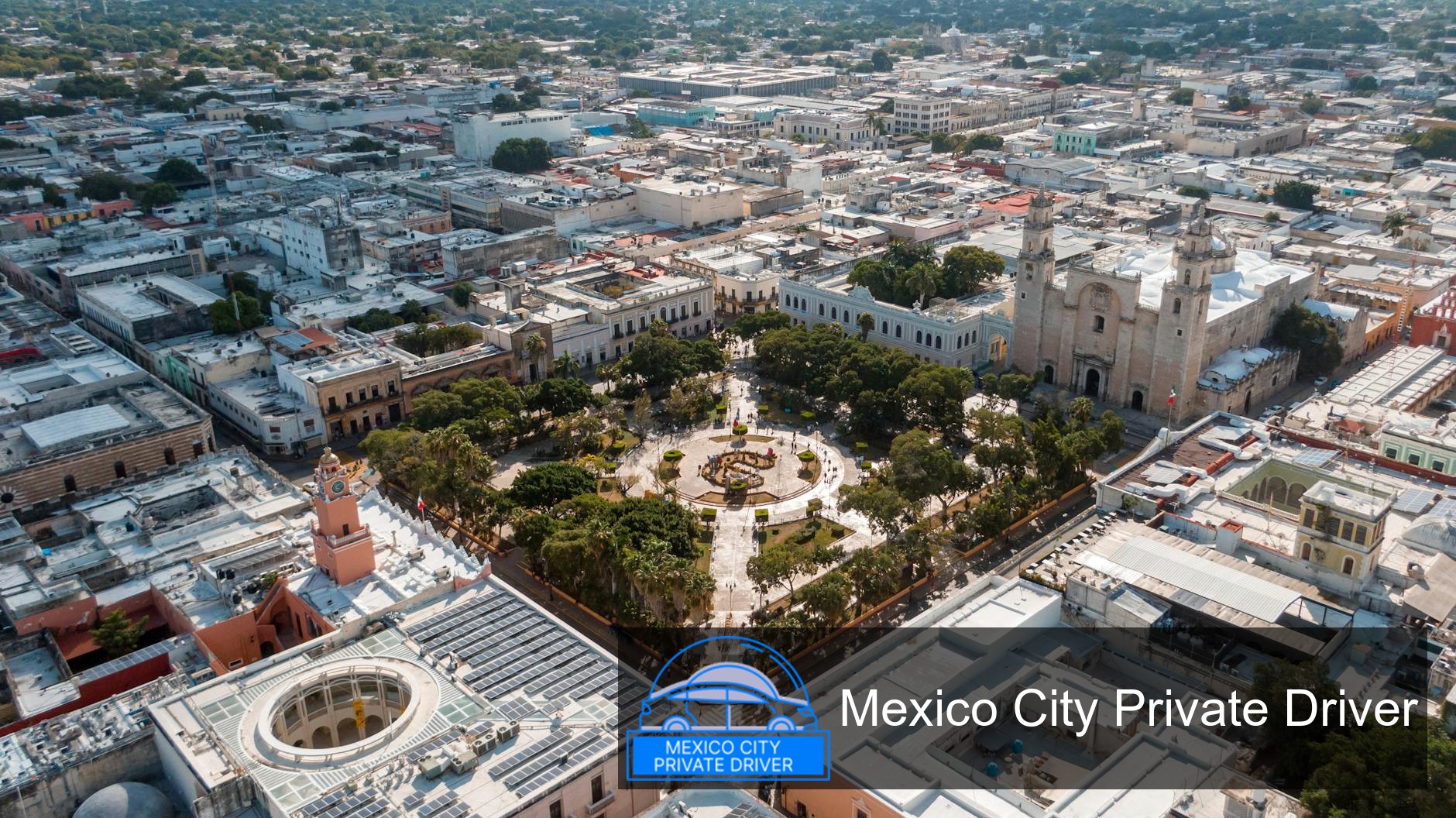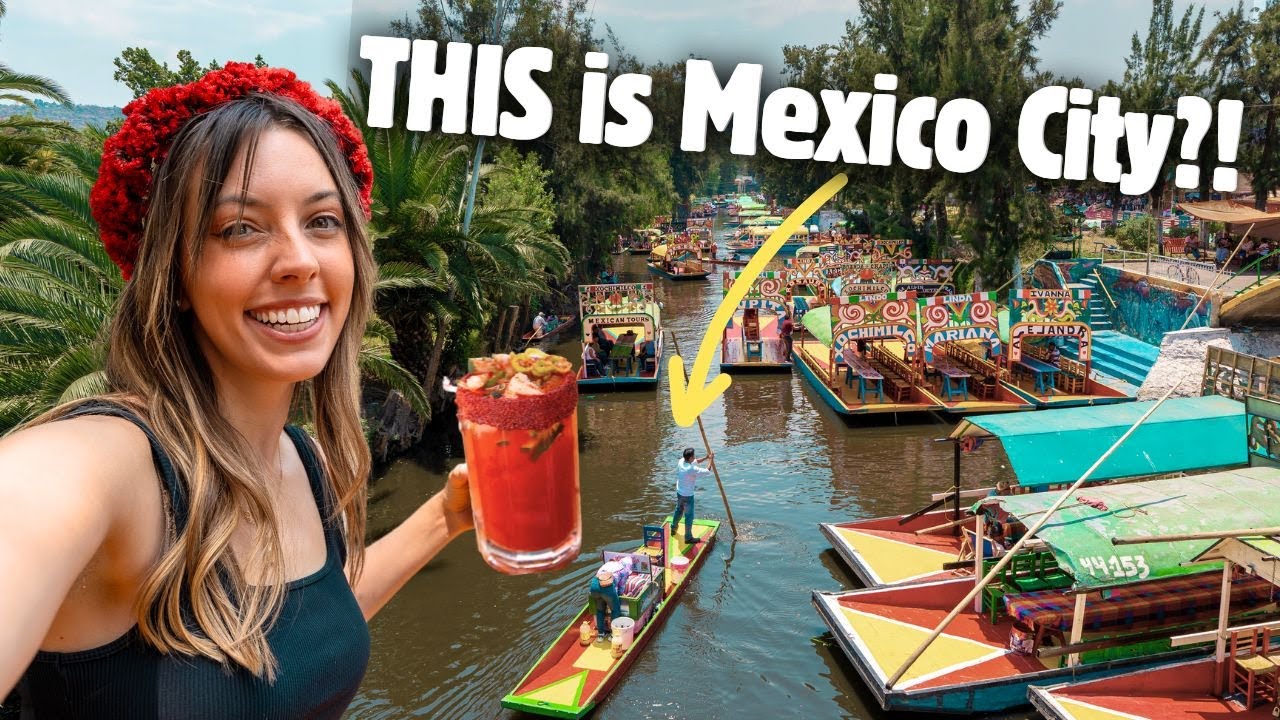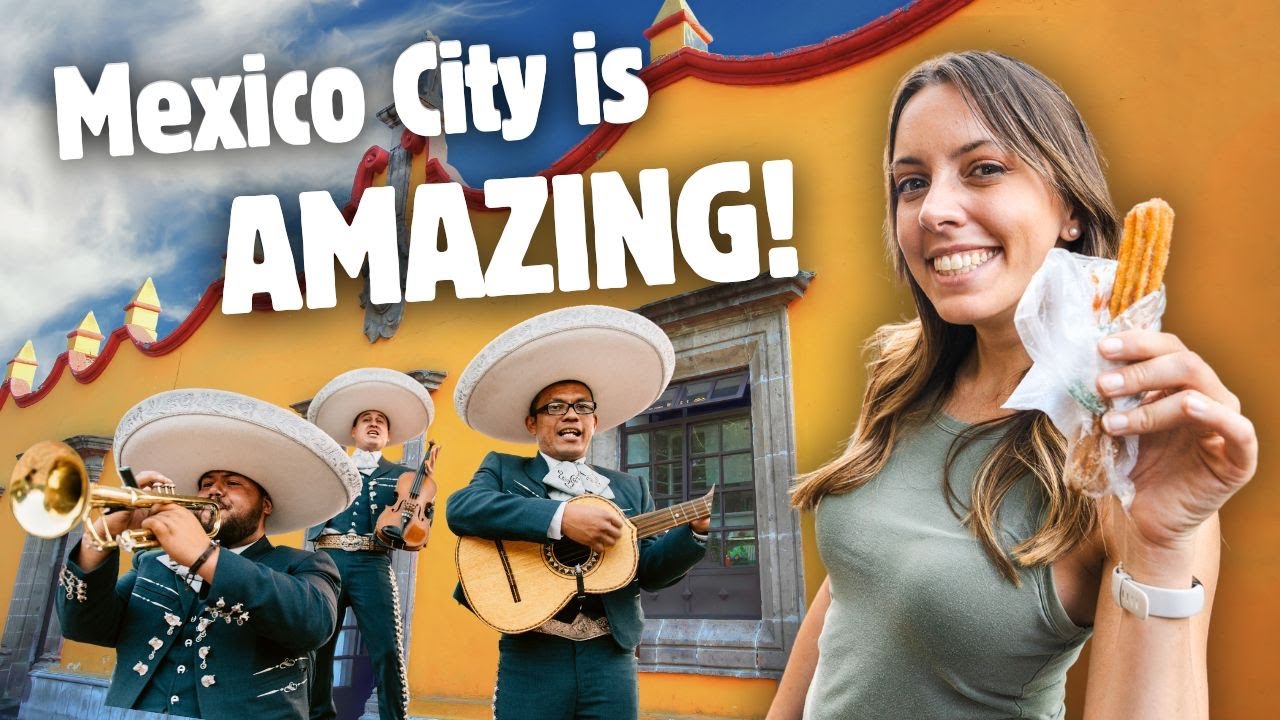TL;DR I’ve spent years researching and visiting the Palacio Nacional in Mexico City. This guide explains its layered history (Aztec palace to modern seat of government), highlights the must-see art—especially Diego Rivera’s epic murals—gives practical, up-to-date visiting tips for 2025, and answers common questions. The palace is free to enter, sits on the east side of the Zócalo, and combines living government offices with public museums and courtyards (official sources: Gob.mx; MexicoCity.cdmx.gob.mx).
Palacio Nacional Mexico City: A Complete Guide to History, Art, and Visiting Tips for 2025
I first walked into the Palacio Nacional with a notebook and a camera, determined to understand why this block-long building still anchors Mexico’s civic life. Since then I’ve returned for special events, slow museum visits, and to catch moments on the presidential balcony during Independence celebrations. What follows is the practical, historical, and artistic context I wish I’d had before my first visit.
Why the Palacio Nacional matters
The Palacio Nacional is not just a government building: it sits on a site that has been a center of power since the Aztec empire. The current complex was built on top of Moctezuma Xocoyotzin’s “New Houses” and has been the administrative heart of Mexico since the colonial era (Gob.mx; MexicoCity.cdmx.gob.mx).
Key reasons I consider it essential for any Mexico City itinerary:
- Continuity of history — layers from pre-Hispanic palace materials to viceroy residences and the modern federal executive (Gob.mx; HistoryHit).
- World-class public art — Diego Rivera’s murals interpret centuries of Mexican history in a single sweep of walls and stairways.
- Living civic function — it is still a working government complex with public museums and active ceremonial use (MexicoCity.cdmx.gob.mx).
Short history in plain terms
Construction on the site began soon after the Spanish conquest. Cortés used part of Moctezuma’s palace for his own residence; over time the site became the Viceroy’s palace and later the seat of Mexico’s independent government (MexicoCity.cdmx.gob.mx; HistoryHit).
A few historical checkpoints I rely on when explaining the palace:
- 1522 onwards: early colonial construction atop the Aztec royal compound (MexicoCity.cdmx.gob.mx).
- 1692: a major fire destroyed portions of the complex; rebuilds followed in the 18th century (MexicoCity.cdmx.gob.mx).
- 19th–20th centuries: multiple functional and structural changes; a third story was added in 1927 (VistasGallery).
- Modern use: today it houses federal offices, archives, and museums while remaining a ceremonial stage for presidential events (Gob.mx; Wikipedia).
Art and architecture — what I always go back to see
Diego Rivera’s murals are the showpiece. Painted across stairwells and large rooms, they narrate Mexico from its pre-Hispanic roots through conquest and revolution. Rivera treated the palace as a public history book; I recommend taking a slow, uninterrupted hour just for these murals (multiple sources: museum materials, travel guides).
Other highlights I visit every time:
- Central Courtyard (Patio Central) with its fountain and colonnades — a breathing space in the city center (Gob.mx).
- Fuente de Pegaso — a detail I photograph every visit (Gob.mx).
- The presidential balcony — where the “Grito” is delivered on September 15; a powerful civic ritual tied to Miguel Hidalgo’s bell (VistasGallery; HistoryHit).
- National archives and smaller museum rooms — surprising troves of documents and objects that bring the murals into sharper context (Gob.mx; Britannica).
My recommended route through the palace
If you have limited time, this is the order I follow to avoid backtracking and to build meaning as you go:
- Enter and pause in the Central Courtyard — notice the layout and materials that echo colonial and pre-Hispanic construction (Gob.mx).
- Head to the main stairway and take 30–60 minutes with Rivera’s murals — start from the bottom and move upward.
- Visit the rooms that house the national archives and smaller museum displays.
- Finish with a look at the presidential balcony and exterior facades that face the Zócalo; if there’s a ceremony planned, plan extra time.
Practical Guide
Below are concrete steps I use to plan every Palacio Nacional visit. Follow them and you’ll have a smoother, richer experience in 2025.
Before you go
- Check the official Palacio Nacional site or the Mexico City venues page for current opening hours and special closures (Gob.mx; MexicoCity.cdmx.gob.mx). Government events sometimes close public access or restrict areas.
- Bring identification. Security checks are routine because the palace houses active government offices.
- Plan for 60–120 minutes. If you’re an art lover, allocate more time for Rivera’s murals and the small museums.
- Book guided tours in advance only if you want a structured commentary; otherwise the self-guided route above works well.
On arrival
- Arrive early (opening time) to avoid lines and to photograph courtyards without crowds. In my experience the first hour after opening is the quietest.
- Expect a security screening. Travel light to speed this process.
- Start at the Central Courtyard — it helps orient you to the sequence of rooms.
During the visit
- Allow at least 30 minutes for Rivera’s murals; I often spend an hour reading the panels and the explanatory captions.
- Be respectful: many spaces are working offices or preserved archives. Follow signage and staff directions.
- If you want photos, check if there are restrictions in specific rooms; photography for personal use is generally allowed in public areas but policies change.
After the visit
- Walk the Zócalo and nearby streets. The palace’s context—crowds, vendors, cathedral—is part of the story.
- Use nearby cafés to process what you’ve seen; I always take notes and capture one sketch or two for memory.
What to expect in 2025 (practical realities)
In 2025 the Palacio Nacional remains open to the public as a free attraction in Mexico City’s historic center. It continues to serve as federal offices and to host cultural programs (Gob.mx; MexicoCity.cdmx.gob.mx). Expect routine security checks and occasional restricted access during high-level government events or national celebrations.
I advise checking the official Gob.mx Palermo Nacional blog or the city’s venue page for last-minute changes—these are the most reliable sources for closures and official programming (Gob.mx; MexicoCity.cdmx.gob.mx).
One comparative snapshot
| Site | Main draw | Typical visit time | Cost | Best time to visit |
|---|---|---|---|---|
| Palacio Nacional | Diego Rivera murals; civic history; Zócalo façade | 1–2 hours | Free | Early morning; weekdays |
| Templo Mayor | Aztec archaeological remains; museum | 1–2 hours | Paid (museum ticket) | Late morning; weekdays |
| Castillo de Chapultepec | Historic castle; views over the city | 2–3 hours | Paid (museum ticket) | Morning; combine with Chapultepec Park |
| Museo Nacional de Antropología | Pre-Hispanic collections | 2–3 hours | Paid (museum ticket) | Weekdays; arrive early |
Accessibility and safety notes
The palace is partially accessible: courtyards and some ground-floor spaces are easy to navigate, but historic stairways and older sections can be challenging. Security is visible and generally non-intrusive, but because the building houses active government offices you should expect ID checks and occasional area closures (Gob.mx; MexicoCity.cdmx.gob.mx).
Tips I learned the hard way
- Don’t schedule the palace as the very last stop of the day — closures can happen suddenly for official events.
- Carry a printed ID in addition to a digital one; local security officers sometimes request a physical document.
- If you want unobstructed photos of the murals, avoid guided groups that cluster at the base of stairways; slip in between groups or visit during quieter weekday hours.
- If attending the Grito or other national events, arrive extremely early and expect large crowds and strict security (VistasGallery; HistoryHit).
Recommended nearby stops
I often combine a Palacio Nacional visit with these nearby sites for a full-day cultural loop:
- Templo Mayor (Aztec ruins and museum)
- Mexico City Metropolitan Cathedral
- Plaza and surrounding cafés for informal people-watching
FAQs
Is the Palacio Nacional free to visit?
Yes. The Palacio Nacional has historically been open to the public without charge for access to its public courtyards, murals, and certain museum rooms (Gob.mx; travel sources). Keep in mind that some special exhibitions or guided programs may have fees or require reservations.
What are the palace’s opening hours?
Hours can change with government schedules. Typical public visiting hours are during daytime, often around 9:00–18:00, but you should verify current times on the official palace page or the city venues site before you go (ForeverVacation; Gob.mx; MexicoCity.cdmx.gob.mx).
Can I see Diego Rivera’s murals for free?
Yes. Rivera’s murals in the Palacio Nacional are part of the palace’s public offerings. I recommend allowing at least 30–60 minutes to study them; there are interpretive plaques but guided tours add useful context.
Is photography allowed inside the Palacio Nacional?
Photography for personal use is generally permitted in public areas and courtyards, but policies may vary by room and exhibition. When in doubt, ask staff before photographing specific rooms or archival materials.
How crowded does it get during national events?
Very crowded. The palace and the Zócalo become focal points for national ceremonies, particularly Independence Day (September 15–16). If you want to attend the Grito, arrive very early and expect security checkpoints; if you want a calmer visit, avoid those dates (VistasGallery; HistoryHit).
Is the Palacio Nacional accessible for visitors with mobility issues?
Partially. Ground-floor courtyards and some museum spaces are accessible, but historic staircases and upper floors are less so. If you need specific accommodations, contact the palace’s visitor services beforehand via the official channels (Gob.mx).
Can I visit the presidential offices?
No. The palace houses active government offices and some areas are restricted. Public access focuses on museum spaces, murals, courtyards, and ceremonial areas. Special programs or official invitations are required for restricted sections.
Final thoughts
The Palacio Nacional is one of those places where history, art, and contemporary civic life overlap in ways that reward multiple visits. My strongest recommendation is to treat it as both a museum and a living institution: come prepared to slow down for Rivera’s murals, check official sources for closures (Gob.mx; MexicoCity.cdmx.gob.mx), and leave time to absorb the Zócalo’s energy afterward.
If you want, I can help draft a timed itinerary for your 2025 visit, suggest guided tours that focus on Rivera’s murals, or provide a printable one-page checklist to take with you. Tell me your travel dates and interests and I’ll tailor the plan.
Martin Weidemann is a digital transformation expert and entrepreneur with over 20 years of experience leading fintech and innovation projects. As a LinkedIn Top Voice in Digital Transformation and contributor to outlets like Forbes, he now brings that same expertise to travel and mobility in Mexico City through Mexico-City-Private-Driver.com. His focus: trustworthy service, local insights, and peace of mind for travelers.



